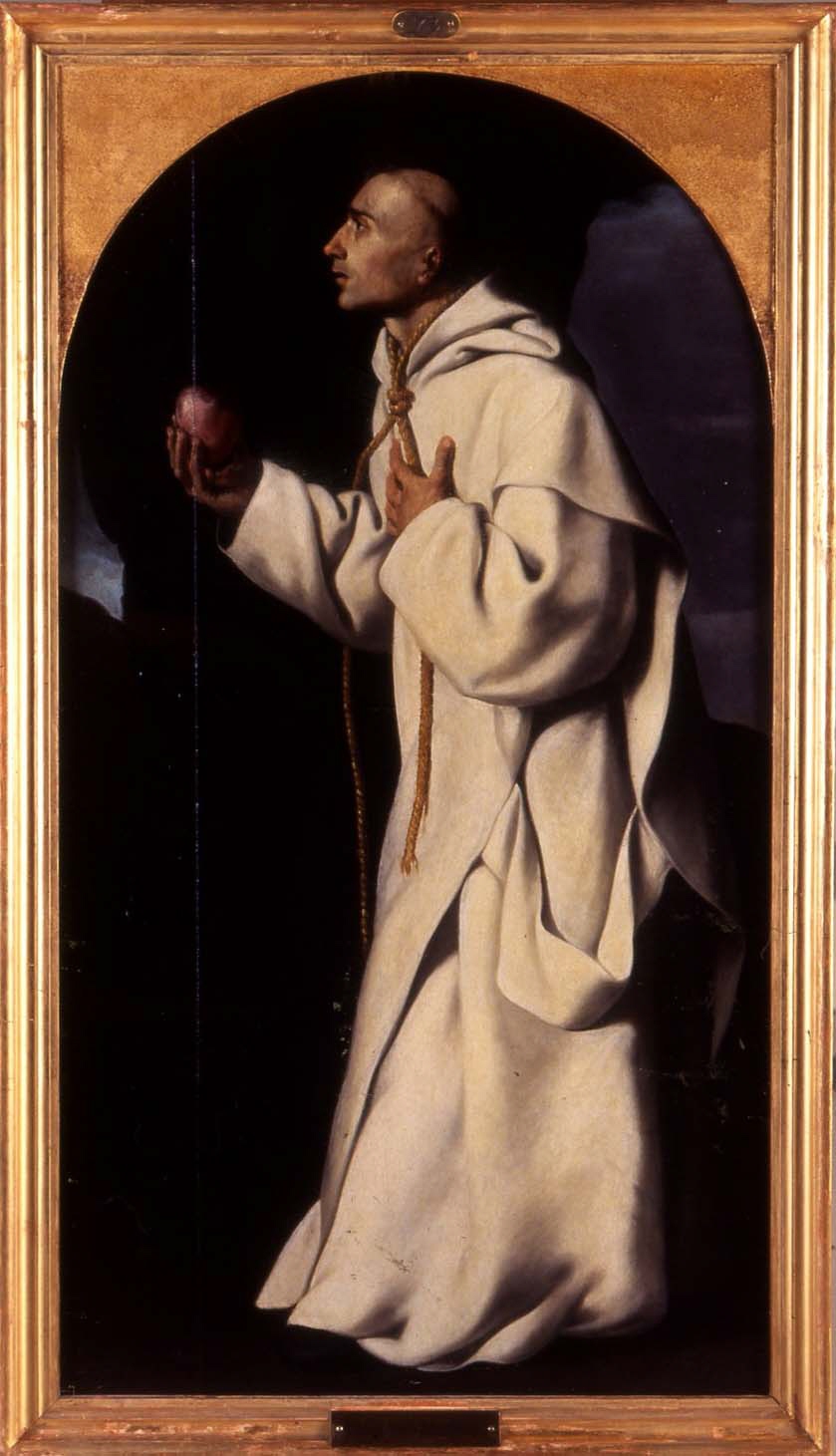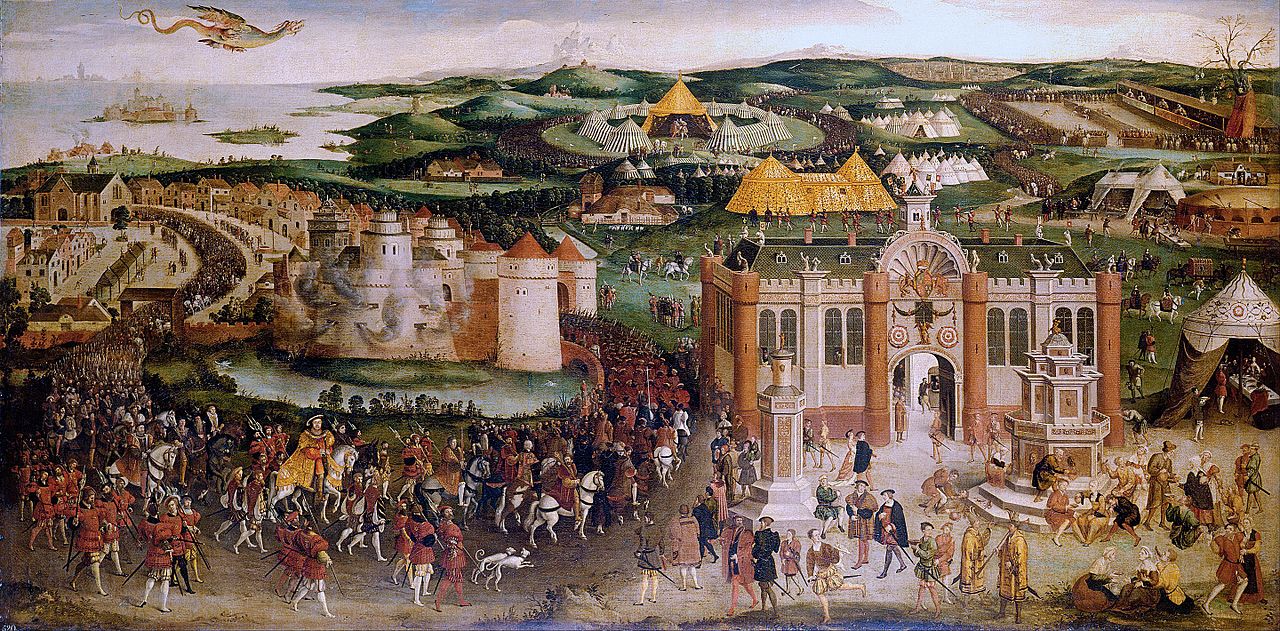Henry VIII's Reformation
From Londonhua WIKI
| 400px |
Contents
Outline
Introduction
- Reformation’s sweep across Europe
- Henry VIII’s wife Catherine of Aragon
- Cardinal Thomas Wolsey’s defense of Roman Catholicism
Attempts at Annulment
- Through the Pope
- Through the Archbishop of Canterbury
- Circumventing the Vatican
English Reformation
- Acts of Supremacy
- Removal of St. Thomas Becket
- Dissolution of the Monasteries
Future wives.
- Executions
- Annulments
Epilogue
- Mary I and Catholicism
- Effects on British people today.
Abstract
My project's aim is to analyse King Henry VIII's personal agenda behind initiating the English Reformation. Starting out as a devout Catholic who would consistently defend the Pope and the Vatican, it is curious how he changed his mind so quickly when he wanted to divorce or annul his marriages. His greed and extravagant expenditure also raise questions towards ulterior motives when taking over the land owned by monasteries and appropriating their resources.
Introduction
I suggest you save this section for last. Describe the essence of this project. Cover what the project is and who cares in the first two sentences. Then cover what others have done like it, how your project is different. Discuss the extent to which your strategy for completing this project was new to you, or an extension of previous HUA experiences.
As you continue to think about your project milestones, reread the "Goals" narrative on defining project milestones from the HU2900 syllabus. Remember: the idea is to have equip your milestone with a really solid background and then some sort of "thing that you do". You'll need to add in some narrative to describe why you did the "thing that you did", which you'd probably want to do anyway. You can make it easy for your advisors to give you a high grade by ensuring that your project milestone work reflects careful, considerate, and comprehensive thought and effort in terms of your background review, and insightful, cumulative, and methodical approaches toward the creative components of your project milestone deliverables.
PLEASE NOTE: this milestone template has only a few sections as examples, but your actual milestone should have many relevant sections and subsections. Please start to block out and complete those sections asking yourself "who, what, when, where, and why".
Remember, as you move toward your creative deliverable, you're going to want/need a solid background that supports your case, so you want it to paint a clear and thorough picture of what's going on, so that you can easily dissect your creative component and say "This thing I did is rooted in this aspect of my background research".
Section 1: Background
Introduction
Reformation’s sweep across Europe
The desire to reform the Catholic Church began in the 1400s, but it was not until the publication of Martin Luther’s Ninety-Five Theses in 1517 is what caused the movement to gain traction. Luther’s main argument was against the selling of indulgences, which supposedly reduced the punishment after death for sins committed.
In 1521, the young Catholic king, Henry VIII, rebutted against Luther with his piece “Defense of the Seven Sacraments.”[1] For this, Pope Leo X granted the King the title of “Defender of the Faith.” King Henry had demonstrated his faith and loyalty as a devout Catholic.
Catherine of Aragon
Henry was not the first in succession to his father, Henry VII. That position belonged to Arthur, Henry VIII’s brother. Arthur was betrothed to Catherine of Aragon, daughter of the King and Queen of Castile. At the age of 15, Arthur died. This threw off Henry VII's negotiations for a marital alliance with Spain. When Henry VII died, the younger Henry agreed to marry Catherine.
However, as the years passed, Catherine was unable to produce a male heir to the English throne, and Henry became more distant to her. She would eventually only produce one child, the future queen Mary. Henry knew from the loss of his brother that life could end quickly, and without a male heir the kingdom could be thrust into chaos. He needed to find a way to dissolve their marriage, and find a wife who would be able to grant him a son.
Cardinal Thomas Wolsey
Much of Henry VIII's legacy can be attributed to Cardinal Thomas Wolsey. Christ Church, a part of the University of Oxford, Hampton Court Palace, and the Palace of Whitehall are just some of the buildings initially built or improved upon by Wolsey, and then taken over by Henry VIII.
Wolsey himself was a brilliant negotiator and diplomat, and had the King's ear as Lord Chancellor for nearly 15 years. The meeting between King Henry and King Francis I of France, known as the "Field of the Cloth of Gold" was organized by Wolsey. This magnificent display of wealth held a summit between the two kings
Attempts at Annulment
Through the Pope
During the Italian War of 1521, the Holy Roman Empire, England, and the Papal States were allied against the French and the Republic of Venice. This was during the papacy of Leo X, who had entitled Henry Defender of the Faith in 1521. This alliance defeated France, but the Vatican, under the new leadership of Pope Clement VII, grew worried over the Holy Roman Empire's rising power, and its ability to control more of Italy. Because of this, the Papal States created the League of Cognac, becoming enemies with Charles V, Holy Roman Emperor. Perhaps in an attempt to gain favor with Pope Clement in order to attain an annulment from Catherine of Aragon, England joined the League.
When the Imperial army took over Rome, the Vatican was ransacked, forcing Pope Clement to escape. With the Pope and Vatican so weak, it provided an excellent opportunity for Henry to become a significant ally to the Papal States. In exchange, perhaps they would grant him a favor, namely an annulment of his marriage to a wife that could not produce a surviving male heir. Despite Cardinal Wolsey's best efforts, the Pope would not budge. There was no chance for an annulment from him.[2]
Because of Wolsey's failure, his fall from power was swift. In 1530, even after years of faithful service, and many of Henry's accomplishments attributable to Wolsey, he was ultimately charged with treason, and died before attending trial.[3] This would not be the first person dying after committing "treason" against the King.
Circumventing the Vatican
Henry had fallen for a new woman, Anne Boleyn, but she would not become just another mistress, like her sister had. In a secret wedding service, conducted by the new Archbishop of Canterbury, Thomas Cranmer. He had been approved by the Pope, who had no idea of the events about to take place. Within two years, Henry's marriage to Catherine was annuled, his marriage to Boleyn legitimized, and the King declared head of the Church of England.
The Pope excommunicated Henry and Cranmer. Henry, a lifelong devout Catholic, had abruptly abandoned the religion his nation had followed for centuries in an act of desperation.
The English Reformation
Acts of Supremacy
The 1534 Act of Supremacy did not have parliament give Henry VIII the power to be the head of the Church of England, but instead acknowledged what was his "God-given" power.
Be it enacted by authority of this present Parliament that the king our sovereign lord, his heirs and successors kings of the realm shall be taken, accepted and reputed the only supreme head on earth of the Church of England called Anglicana Ecclesia.
— 1534 Act of Supremacy[4]
Dissolution of the Monasteries
 | |
| Artist | Francisco de Zurbarán |
|---|---|
| Year | 1637-1639 |
Charterhouse
In 1371, a piece of land previously used to bury victims of the Black Death was granted to Carthusian monks, in order to build a monastery.[5] However, after over 150 years later, King Henry VIII enacted the Dissolution of the Monasteries. This act allowed the Crown estate to appropriate the income of priories, monasteries, and other Catholic buildings, also resulting in the destruction of many of these.
Between 1535 and 1537, monks of the Charterhouse openly refused to accept Henry as head of the English Church, as demanded in the Act of Supremacy. The Prior of the London Charterhouse, John Houghton, was sent to the Tower of London, and later was sent to be executed.
As John Houghton arrived at Tyburn, where he was to be executed, he embraced the executioner as a means of pardoning him, and when asked whether he would submit to the King's laws in order to save his own life, he replied:
"I declare that I have refused to comply with the will of His Majesty the King, not from obstinacy, malice or a rebellious spirit, but solely for fear of offending the Supreme Majesty of God"[6]
In total, 16 were put to death under Henry, including both monks and lay-brothers who would not accept the King as head of the Church.[7]
Westminster Abbey
For other Abbeys, there was less backlash against the King, perhaps for fear of their life or actually wanting to split from the church. The Westminster Benedictine monks owned a large amount of land in Westminster under the Abbey. In an unfair trade, King Henry took a large portion of land in Westminster, Covent Gardens, and Hyde Park, and in exchange gave the Abbey the lands of the Priory of Hurley, after he had dissolved it and appropriated the lands.[8]
The Abbot of Westminster, William Benson, soon became first dean of the cathedral, however, the Abbey in this form only lasted 10 years. Henry VIII turned the Abbey into a cathedral during this time. This is odd because there already was a cathedral nearby, St. Paul's.[9] It is therefore likely that he did this to save the Abbey from the destruction other dissolved monasteries were facing at that time. It is probably why Westminster Abbey exists today as more than ruins.
Lewes Priory
Henry's Greed
Conclusion
Mary I and Catholicism
Effects on British People Today
Section 2: Deliverable
In this section, provide your contribution, creative element, assessment, or observation with regard to your background research. This could be a new derivative work based on previous research, or some parallel to other events. In this section, describe the relationship between your background review and your deliverable; make the connection between the two clear.
Subsection 1
...use as many subsections or main sections as you need to support the claims for why what you did related to your Background section...
Subsection 2
...and so on and so forth...
Gallery
Conclusion
In this section, provide a summary or recap of your work, as well as potential areas of further inquiry (for yourself, future students, or other researchers).
References
- ↑ Assertio septem sacramentorium, or, defence of the seven sacraments
- ↑ Henry VIII - J. J. Scarisbrick
- ↑ English Reformations: Religion, Politics, and Society under the Tudors - Christopher Haigh
- ↑ The Act of Supremacy, 1534
- ↑ Religious Houses: House of Carthusian monks
- ↑ Carthusians under Henry VIII
- ↑ Plaque: Carthusian Martyrs
- ↑ Westminster Abbey History - Benedictine monastery
- ↑ Sermon given at Matins on Sunday 11 September 2011
Attribution of Work
For milestones completed collaboratively, add a section here detailing the division of labor and work completed as part of this milestone. All collaborators may link to this single milestone article instead of creating duplicate pages. This section is not necessary for milestones completed by a single individual.
External Links
If appropriate, add an external links section
Image Gallery
If appropriate, add an image gallery





